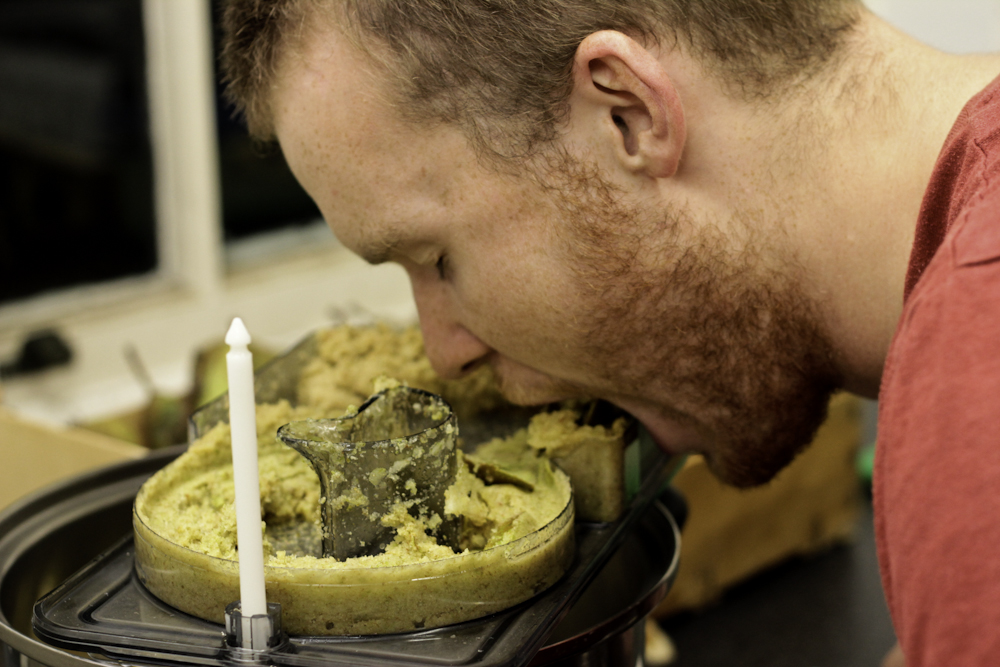Over the past few
weeks I have met a number of like minded individuals when it comes to 'extra
curricular activities' Most of them involve some kind of danger, be it fire
breathing, shooting or knife throwing there is always the adrenaline rush of
having survived the latest feat.
For as long as I can
remember I have always enjoyed the idea (and also usually the practice) of
living dangerously. The base instinct to leap before looking (or to look, see
that it's unsafe and then leap anyway) has been with me from childhood and I
had the joy of sharing that with two older brothers who to put it bluntly would
make me seem rather tame at times.
It may surprise you
to discover that this tendency has at times put me in rather tricky
situations... As a fearless (or simply misguided) young teenager
I was suspended from my school for breaking out of my boarding house in the
middle of the night (yes I went to boarding school) in order to climb around on the roofs and
see if I could make the infamous 'ML1-ML2 gap!'
Our Modern languages lessons
were taught in prefab temporary huts that were situated a few meters apart from
one another and it was qudos to you if you could scale to the roof of ML1 and
make the jump to ML2.
This kind of attitude might sound reckless, fool hardy or even outright insane but I think it's important to make a distinction here.
The desire to live life on the edge is not simply to try and do the most dangerous thing that can be found, such a lifestyle would result in death very quickly. For example skydiving without a parachute is 110% more dangerous that skydiving with a parachute but no one in their right mind would do that.
There is indeed a fine line between outright idiocy and a calculated, well rewarded risk. Now this line is of course down to perspective, something that is key in photography. For example from the perspective given in these pictures it might be inferred that we were essentially being a bunch of idiots, however what the pictures don't show you are the two foam fire extinguishers, the fire blanket, the bucket of water, the nurse and the first aider standing by just in case something went wrong (which it didn't).
When things are in perspective the question changes from 'are you sure that's a good idea?' to 'are you sure that you can't do it bigger?' Just to be clear here I am not advocating senseless risk taking, what I am saying is that if the risk has been removed why oh why are we not pushing this life to it's limits?
How do I remove risk? You get in line with Gods will. Never has there been a more reliable safety net, never has their been a stronger rope or fool proof protection than standing squarely in the will of God. Through the ages there have been some people who have understood this, there perspective has been shaped by God and they can see clearly. To the world looking on they look like fools. When Jesus hung on the cross bleeding out he was openly mocked by the people who passed him by because it looked like he had been a fool. He had played with fire and been burned. What he saw however was something quite different. He saw God's perfect and pleasing will and he understood it to the point of going beyond the grave to stand in it. He trusted that his father would be his ultimate safety, even from beyond the grave and the world stood in awe 3 days later when God did the impossible and rose Jesus back to life. Where were the mocking passers by now? Jesus lived a far more radical life than any of us and he is the one who quite rightly gets the glory.
As Christians this same power that raised Christ from the dead lives in us. This is such a small well known biblical principal but oh the magnitude of it! How quickly we skim over and how much of life we miss. We are called to live on the edge, to go far beyond the boundaries of the pattern of this world, to live dangerously for Christ, knowing that he has got our back.
NB. The pictures in this post were not taken by me but two friends from college. Thank you Tim and Andy
Title font used: 'FightThis'



































